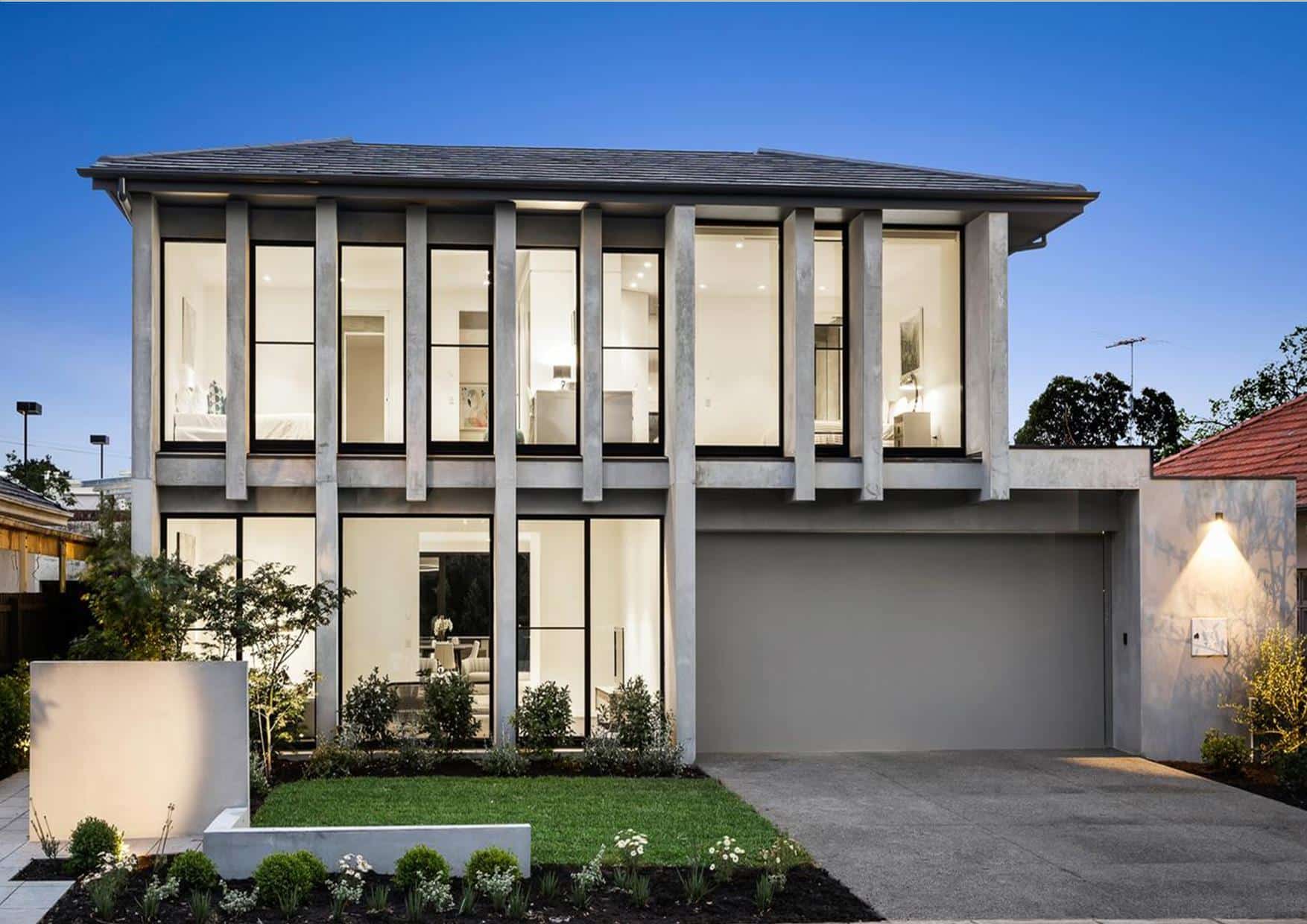Enhancing Aesthetics and Durability: Acrylic Render for Retaining Walls!

In the realm of architectural and constructional advancements, the art of rendering has emerged as a transformative technique that enhances the aesthetic appeal of structures and contributes significantly to their durability. Rendering offers functional and visual benefits when applied to retaining walls. Among the various rendering options, acrylic rendering is popular due to its versatility, durability, and aesthetic potential.
Understanding House Rendering and Its Benefits:
House rendering, the process of applying a thin layer of material to the exterior surfaces of buildings, has gained widespread popularity for its ability to transform the appearance of structures. This technique has ancient origins, with historical examples in ancient Rome and Greek systems. Over time, rendering materials and methods have evolved, giving various options catering to modern architectural preferences and climatic conditions.
One of the primary benefits of house rendering is its protection against external elements. Rendering acts as a barrier, shielding buildings from moisture, wind, and harsh weather conditions, which can otherwise lead to structural damage? By preventing water infiltration, rendering helps prevent cracks, mold growth, and erosion, thus prolonging the lifespan of the building.
Additionally, rendering enhances thermal insulation, contributing to energy efficiency. It acts as a buffer, reducing heat transfer between the interior and exterior of the building. This leads to improved temperature regulation and reduced reliance on heating or cooling systems, resulting in lower energy bills.
From an aesthetic standpoint, house rendering offers an extensive palette of design options. Architects and homeowners can choose from various textures, colors, and finishes to achieve their desired look. Whether opting for a modern minimalist appearance or a traditional textured surface, rendering allows for creative expression while elevating the overall visual appeal of the structure.
The Role of Rendering in Retaining Walls: A crucial in landscaping and civil engineering
Rendering retaining walls is crucial in landscaping and civil engineering, providing structural support to prevent soil erosion and maintain elevation changes. Rendering these walls goes beyond aesthetics, significantly contributing to their longevity and stability.
One of the main challenges that retaining walls face is exposure to moisture and weather fluctuations. Water infiltration can weaken the structure without proper protection, leading to cracks and instability and rendering it a protective layer, preventing water from seeping into the wall’s core and causing damage. This additional barrier enhances the structural integrity of the retaining wall and reduces the need for frequent maintenance.
Moreover, rendering can enhance the seamless integration of retaining walls into the overall landscape design. By harmonizing the appearance of the wall with the surrounding environment or the aesthetics of the main building, rendering transforms the wall from a functional necessity to an integral design element.
The Allure of Acrylic Render:
Acrylic render has gained significant traction due to its unique properties and benefits. This type of rendering combines acrylic polymers with traditional materials like sand, cement, or lime. The result is a flexible and durable finish that offers many advantages.
Acrylic render has gained significant traction due to its unique properties and benefits.
One of the standout features of acrylic rendering is its flexibility. Traditional renders can be prone to cracking due to building movement or temperature changes. Acrylic render, however, is more resistant to cracking due to its elasticity. This is especially beneficial for retaining walls, which might experience some degree of shifting over time.
Acrylic render is also highly resistant to moisture, making it an ideal choice for regions with high humidity or frequent rainfall. It prevents water penetration while allowing the wall to “breathe,” which reduces the likelihood of trapped moisture leading to deterioration.
Furthermore, acrylic rendering offers an extensive range of colors and finishes. It can be pigmented to achieve vibrant and lasting hues, eliminating the need for constant repainting. The flexibility of acrylic render also allows for a wide array of textures, from smooth and sleek to textured and rustic.
In conclusion, house rendering has evolved into a multifaceted practice that marries aesthetics and functionality. When applied to retaining walls, it elevates the visual appeal and enhances structural integrity and durability. Acrylic render, with its flexibility, resistance to moisture, and diverse design options, emerges as a prime choice for house rendering and retaining walls. As architectural trends continue to evolve, rendering techniques like acrylic render will likely remain a cornerstone of innovation in the construction industry, offering transformative solutions for both form and function.
To know more about acrylic rendering, click here S&E Construction and Maintenance.
